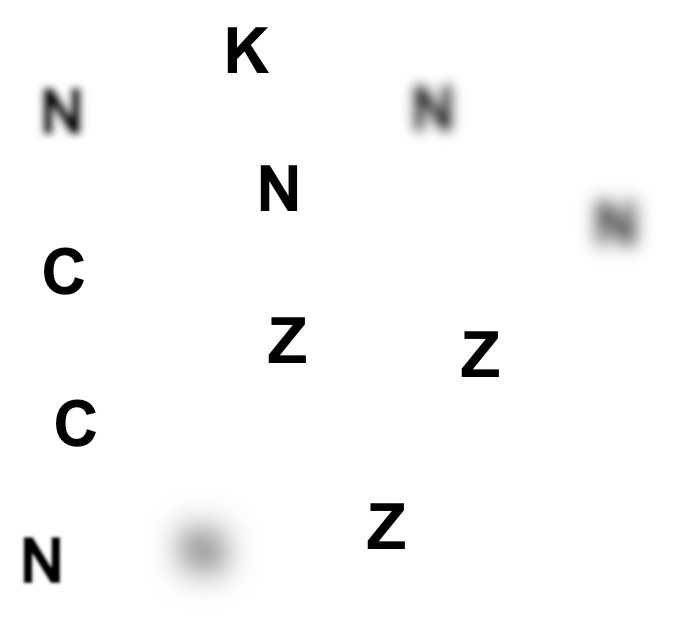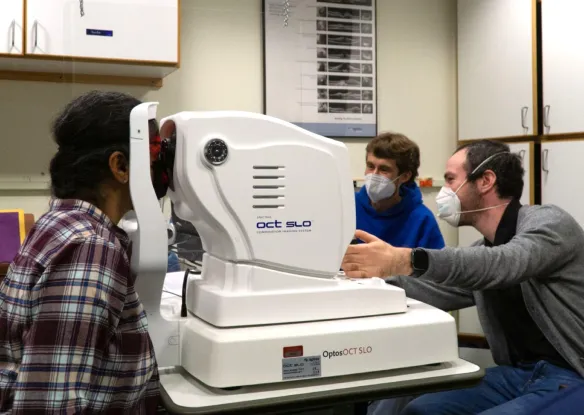Work in this laboratory is devoted to researching facts and developing tools to help the rehabilitation of people with low vision, especially those with macular vision loss.

Principal Investigator:
Manfred MacKebenWe investigated whether relative motion can serve as a cue for sustained attention. We found that relative motion perception has a long latency and that it can indeed attract attention to improve discrimination performance.
Reference
Normal.dotm 0 0 1 67 385 SKERI 3 1 472 12.0 0 false 18 pt 18 pt 0 0 false false false /* Style Definitions */ table.MsoNormalTable {mso-style-name:”Table Normal”; mso-tstyle-rowband-size:0; mso-tstyle-colband-size:0; mso-style-noshow:yes; mso-style-parent:””; mso-padding-alt:0in 5.4pt 0in 5.4pt; mso-para-margin:0in; mso-para-margin-bottom:.0001pt; mso-pagination:widow-orphan; font-size:12.0pt; font-family:”Times New Roman”; mso-ascii-font-family:Cambria; mso-ascii-theme-font:minor-latin; mso-fareast-font-family:”Times New Roman”; mso-fareast-theme-font:minor-fareast; mso-hansi-font-family:Cambria; mso-hansi-theme-font:minor-latin; mso-bidi-font-family:”Times New Roman”; mso-bidi-theme-font:minor-bidi;}
Poggel DA, Strasburger H, MacKeben M. (2007) Cueing attention by relative motion in the periphery of the visual field. Perception 36(7) 955 – 970. (pubmed )
Labs
Collaborators
Internal

